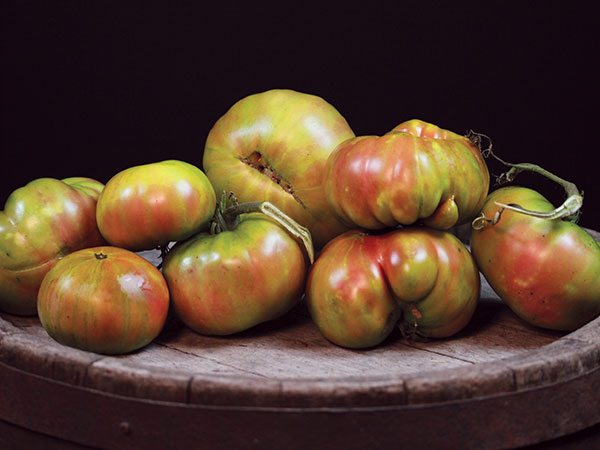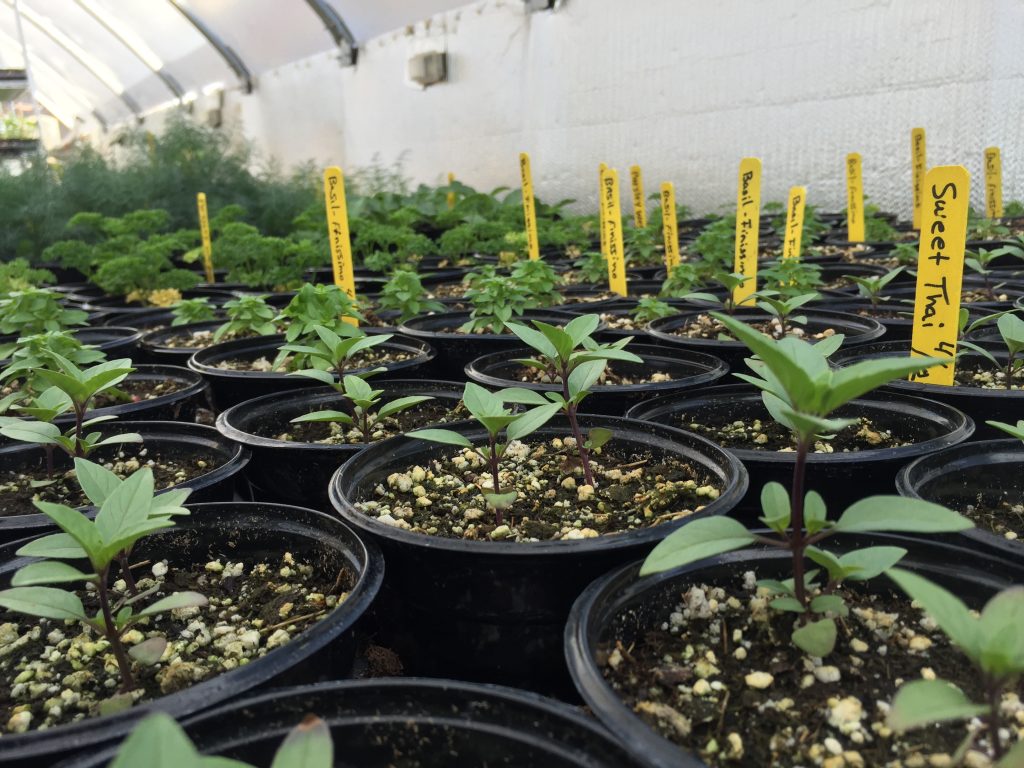Community-supported agriculture. You may be more familiar with its acronym, CSA.
As farm-to-table ideas and experiences enter the mainstream, CSA programs are also becoming more familiar and more popular. Whether its quality of taste, personal connection, ethics or nutrition that’s guiding people towards CSAs, it seems that everyone – both farmer and consumer – is benefitting.

What is a CSA?
Small-scale farmer and author Jean-Martin Fortier defines community-supported agriculture, “or community-shared agriculture” as “a direct exchange between producers and consumers.” He explains in his book, The Market Gardener
“The consumer buys a share in the farm’s production at the beginning of the season, thus becoming a partner in the endeavor. In exchange, the farm commits to providing quality produce… In addition to issues of quality, this model of food distribution addresses people’s desire to have a relationship with the farmers who grow their food.”
CSA programs give farmers the flexibility to sell goods throughout the season as it’s available, to work in tandem with nature and adapt to ever-changing conditions. Because farming is unpredictable, and farmers’ livelihoods depend on many factors out of their control, community-shared agriculture programs support small farmers and encourage local farming operations.
They also enrich the lives of people who eat. CSA members are getting fresh local produce at its best.
This is what a food system that’s good for both the small farmer and the local community looks like.
The traditional CSA model works well for those who want to support small farms and reap the benefits of truly seasonal living.
As the farm-to-table movement grows, we can look to this traditional model as inspiration for finding even more ways to build bridges between farms and tables.
Stronger bridges, more sustainable farms, more delicious tables.

Community-Supported Agriculture meets Grow-Your-Own
Like many small farms and greenhouses across the country are beginning to do, we’ve adapted the CSA model here at Sage Creations to suit the needs of sustainability-minded, food-loving gardeners. Our Organic Plant CSA program provides organically grown plant starts, seeds and educational resources to new and experienced home gardeners throughout the growing season.
By applying community-shared agriculture principles to plants, we’re shortening the gap between food production and food consumption.
What could be more farm-to-table than walking ten steps from your garden to your table?
By offering healthy, locally grown organic plant starts to our community, we help people grow their own tasty and nutrient-rich food. By joining our Organic Plant CSA, members support us in our efforts to grow organic plant starts, vegetables and herbs.
Together, we are building upon the farm-to-table movement and creating a healthier food system for people and our ecosystem.
A word on locally grown plant starts
Our plants are born and raised in local growing conditions, which makes for healthier, hardier plants that are ready to thrive in our high desert climate. We grow all of our plant starts organically at the farm, and we offer a huge selection of different varieties of vegetables, herbs and flowers.

Our Organic Plant CSA is a tool for those who want to grow their own food. the program is tailored to meet the needs of different growers, offering selections crafted for patio gardeners, 1-2 person households and 4-6 person households. You can learn more about our Organic Plant CSA offerings and become a member online.
Like any CSA program does, we hope that our Organic Plant CSA program opens the door for community members to engage with us at the farm and with other members of the community.


One reply on “Farm to garden to table: CSA’s and growing your own food“